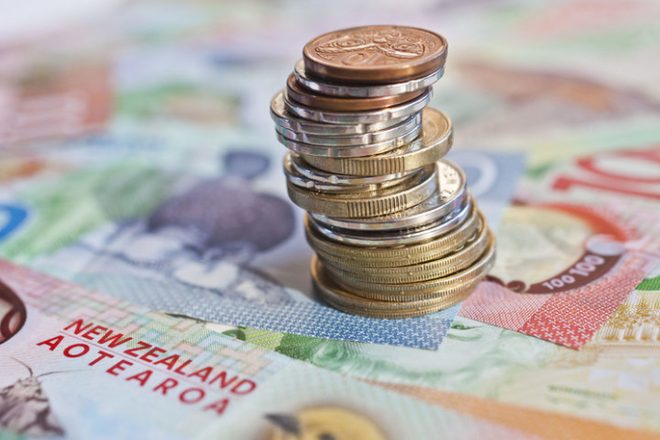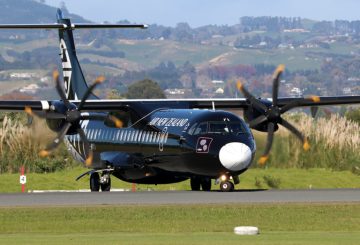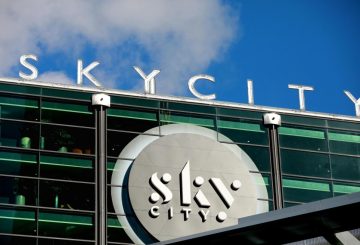Sa tatlong buwan na nagtatapos sa Setyembre, nakita ng New Zealand ang isang pagtaas ng presyo ng consumer na 1.8%, na mas mababa kaysa sa hinulaan. Dinadala nito ang taunang rate ng implasyon sa 5.6%, na nagmamarka ng isang dalawang taong mababa.
Ang isang pangunahing kadahilanan sa pagtaas na ito ay ang pagtaas ng presyo ng petrol, pangunahing dahil sa pagbabalik ng 25 cents bawat litro tax relief. Kinumpirma ito ni Nicola Growden, ang senior manager ng mga presyo sa Stats NZ. Bukod dito, ang mga pangunahing pagkain tulad ng tinapay, cereal, itlog, at gatas ay nag-ambag din sa implasyon.
Idinagdag ni Growden na bagaman mayroong pagtaas sa mga presyo para sa ilang mga prutas at gulay, ipinahiwatig ng mga numero na naayos nang panahon ang isang pagbaba ng presyo para sa iba.
Inaasahan ng mga pangunahing bangko ang pagtaas sa pagitan ng 1.9% hanggang 2.2% sa mga presyo ng consumer. Sa aktwal na pigura na 1.8%, naging sorpresa ito. Ipinapahiwatig ng Growden na mas maraming mga presyo ay maaaring magsimulang bumagsak sa hinaharap.
Ang punong ekonomista ng Kiwibank, si Jarrod Kerr, ay binigyang diin ang pagbagal ng taunang rate, na nagsasabi na ang pangunahing hakbang sa implasyon ay nasa paligid ng 5% mark. Maaaring mapigilan nito ang pagtaas ng rate noong Nobyembre at posibleng humantong sa pagbawas ng rate sa Mayo ng susunod na taon.
Gayunpaman, naniniwala ang mga eksperto sa ANZ Bank na ang mga lokal na presyon sa inflationary ay isang pag-aalala pa rin at inililipat ang kanilang hula para sa pagtaas ng mga rate sa susunod na Pebrero. Iminumungkahi ng mga eksperto sa pananalapi na maaaring mapanatili ng Reserve Bank ang Opisyal na Cash Rate nang mataas nang matagal
Ang data ng nakaraang quarter ay nagpakita ng pagbaba sa taunang rate ng implasyon mula 6.7% hanggang 6%
.






























































